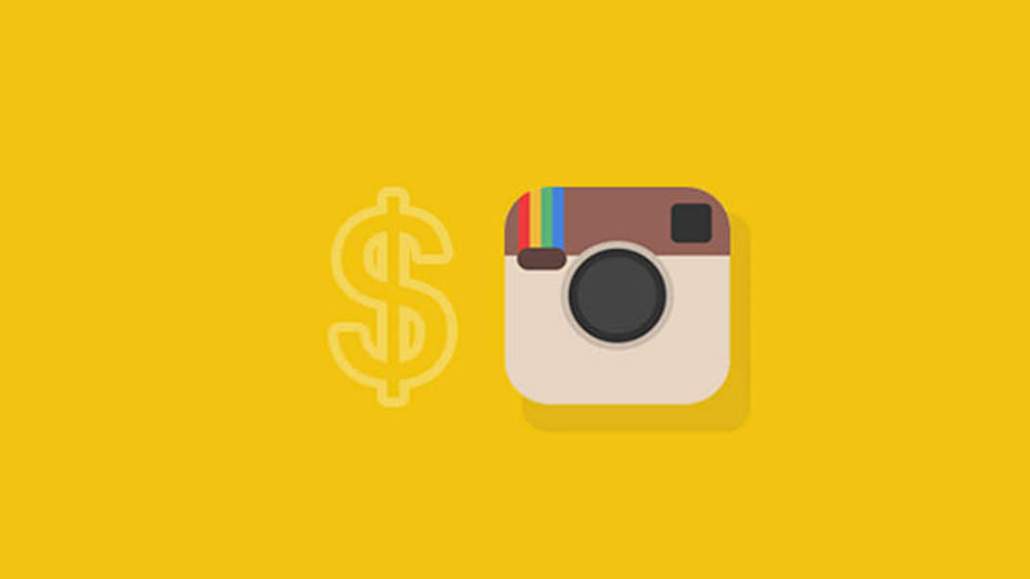Insights from CTV leaders at Dentsu, Horizon Media and more
‘Brands are relying on influencers’: Why Instagram is starting its first training week for creators

Influencers today have multiple platform options when they want to grow their followings and Instagram wants to make sure it’s a big part of their consideration set.
Today is the start of Instagram’s first Creator Week. Around 5,000 creators are expected to be invited to the three-day, streamed event, which comes as competition to woo creators heats up as influencers become a core pillar in brands’ marketing strategies.
Instagram will offer sessions hosted by Instagram execs such as Alex Cook, part of Instagram’s strategic partnerships team, and Besidone Amoruwa, part of the content and creator partnerships team, as well as folks from the creator economy like Adam Wescott, head of content studio at Creator+, a film studio and streaming platform. Panels will cover topics ranging from algorithm myth busting to how to manage finances and talking to the press. And to keep the (virtual) room engaged, the platform is holding two pitch-like competitions, one to fund a participant’s merchandise line, and another to fund video a series. Some programming will be available on Instagram’s account for creators, aptly named @creators.
Instagram, like other platforms, is hoping to capitalize on brands’ growing interest in influencer marketing after the pandemic kept people home with their attention on social media apps. Snapchat, YouTube and TikTok have been doing more to work influencers, courting them through their own influencer summits and creator funds. YouTube started VidCon in 2010 as a way for YouTubers and fans to meet in person and Snapchat hosted its first Partner Summit in 2019. YouTube Shorts, Snapchat and TikTok each have their own Creator Fund.
“This is the first overt prelude Instagram has made in defining being a creator as a legitimate career,” said Ali Fazal, vp of marketing at GRIN, an influencer marketing software company. “Facebook and Instagram make revenue from brand advertising, so they know they need to stay close to brands, and brands are relying on influencers.”
But Instagram is facing stiff competition. An April 2021 report by Linqia, an influencer marketing platform, found that 93% of U.S. marketers plan to use Instagram for influencer marketing, down from 97% in February of last year. But 68% plan to use influencers on TikTok, up from 16% last year.
“All platforms are competing for creator market share,” said Gabe Feldman, business development lead at Viral Nation, an influencer marketing agency with two clients attending – Luca Whitaker and Dr. Danielle Belardo. “They want creators to think of their platform as the first place to upload content, and being creator-friendly. Where creators go, followers go too.”
For the creators themselves, these events are a great networking opportunity, said Cyrene Quiamco, an AR artist and influencer on Snapchat who has attended three Snapchat creator summits, and several Instagram events. “If I need help with a project later, I can reach out to them because I’ve seen them in action,” she said. She also noted that it’s a good time to meet with product developers to give feedback on creator tools.
They’re also a chance for influencers to learn more about platform products to expand their marketability to brands. “A lot of creators start on one platform, but brands often want content across several platforms,” Quiamco explains. “If you can create across several apps, that makes you more marketable.”
And those brand collaborations are many influencers’ bread and butter when it comes to revenue. Nearly 70% of U.S. influencers said that brand collaborations are their biggest revenue stream, according to an April 2021 creator survey by eMarketer. Only 9% of influencers surveyed said that affiliate links and promo codes were their main source of income.
But not everyone is convinced that the event is worthwhile.
“Influencer marketing has existed for over 10 years, and this is the first time they host a large-scale event?” said Gil Eyal, a partner at Starfund, a VC firm that pairs influencers with products. “It speaks to how YouTube and TikTok are threatening them in the influencer space.”
In 2020, the average time per day spent on Facebook by U.S. users was 35 minutes, up from 33 minutes in 2019, according to a January 2021 report by eMarketer. For Instagram, average time in 2020 was 30 minutes, up from 26 in 2019. TikTok jumped up to 33 minutes last year, up from 26 minutes in 2019.
“People need to stop underestimating creators and the power they have over commerce,” said Fazal. “They’re the biggest force.”
More in Marketing

Retail media’s mid-2025 reality: Why advertisers are going all in on full-funnel
Retail media’s meteoric rise may finally be leveling off — and that’s forcing advertisers to take a harder look at what they’re getting for their money.

TikTok might be working on a standalone U.S. app, but marketers aren’t sold on the idea – yet
TikTok is developing a lifeboat for its American business, but media buyers are wary of advertising implications.

Bold Calls for the back half of 2025
Now’s a good moment as any to take stock —and make a few bold calls about what’s coming next.







